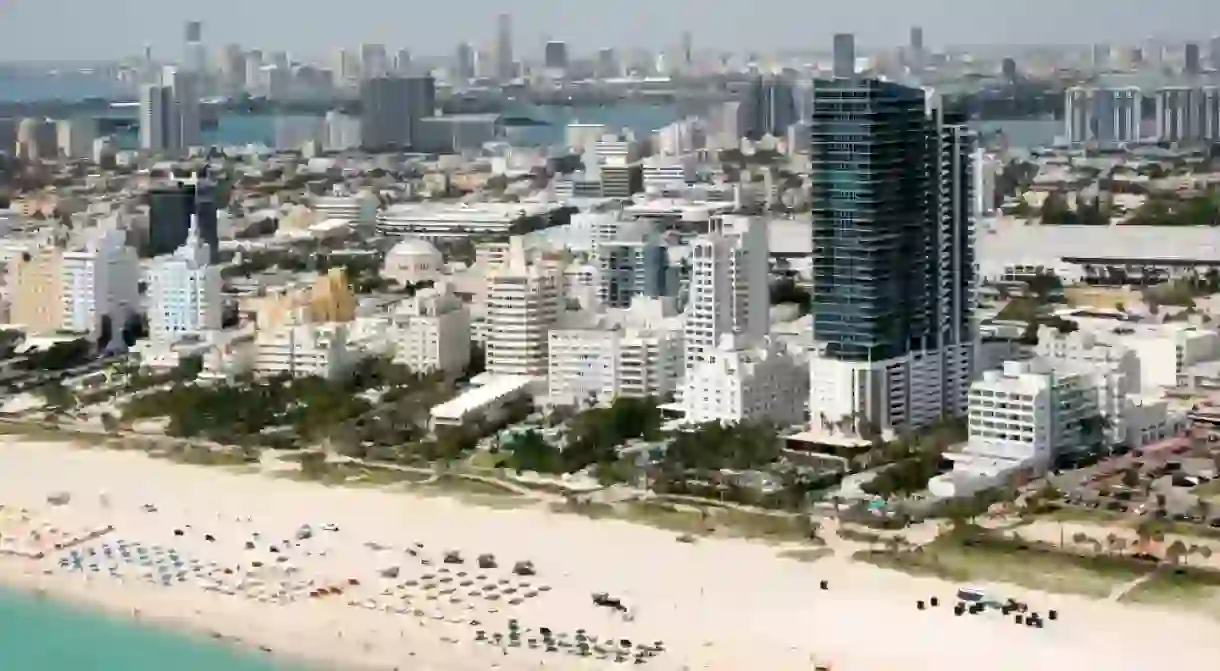Why Miami Is Called the Magic City

As the only major U.S. city conceived by a woman, a refuge for multiple ethnic groups over the past century, and the youngest major city in America, Miami is, indeed, an exceptional place. Read on to learn how this international hub became known not just as special, but as magic.
Home to a thriving tourism economy, diverse architecture, and year-round bathing suit weather, Miami is undeniably unique. Some might even say, “magic.” Around only 100 years old, it is a surprisingly young city with an even more surprising backstory.

In the late 19th century, the owner of a citrus plantation, Julia Tuttle, conceived the idea of transforming the South Florida area, which would one day become Miami, into a hub city for international trade. The means she would use to fulfill this vision? An extension of Henry Flagler’s recently built railway extending from New York to Palm Beach. When approached by Tuttle, Flagler initially dismissed the idea, and Miami as we know it almost never came to be. At the time, the area was mostly wilderness, undisturbed hammock and pine trees and bountiful plantations, and the railway magnate couldn’t see how the proposed extension would be profitable—that is, until later that year in 1894 when the Great Freeze descended upon Florida.
Today, the average low temperature for Miami is around 60°F (16°C), but in the winter of 1894–95, South Florida reached an all-time low of 18°F (-8°C). Landowners suffered as farms and plantations throughout the state failed to yield any crops, except for one: Julia Tuttle’s estate was somehow unaffected by the deep chill, and in 1894, she was Florida’s sole citrus producer. The rumors are that Tuttle sent Flagler a single, perfectly formed orange during this period. Suddenly, the businessman could see the value in her plan.

And so the railway extension was built. Between the resulting increased accessibility to the area and the mass exodus of northerners seeking opportunities and refuge in the Great Freeze’s wake, Miami’s population saw an extreme and sudden influx. Witnesses at the time said that it was as if a major city had popped up overnight, almost like magic.













